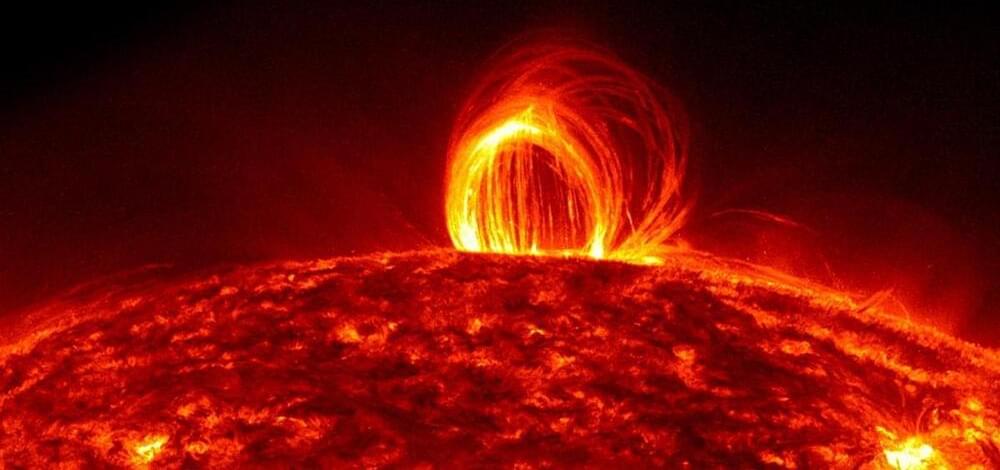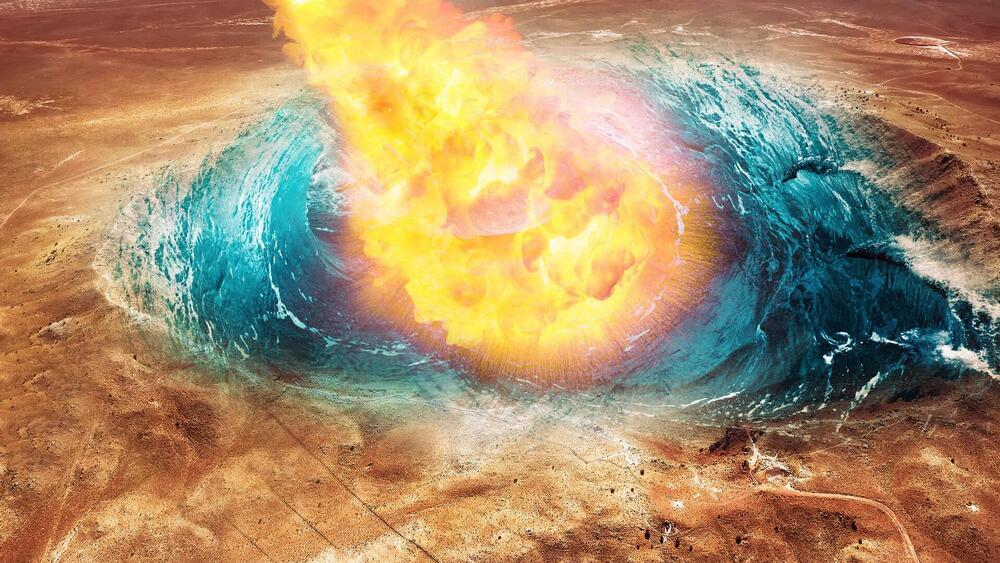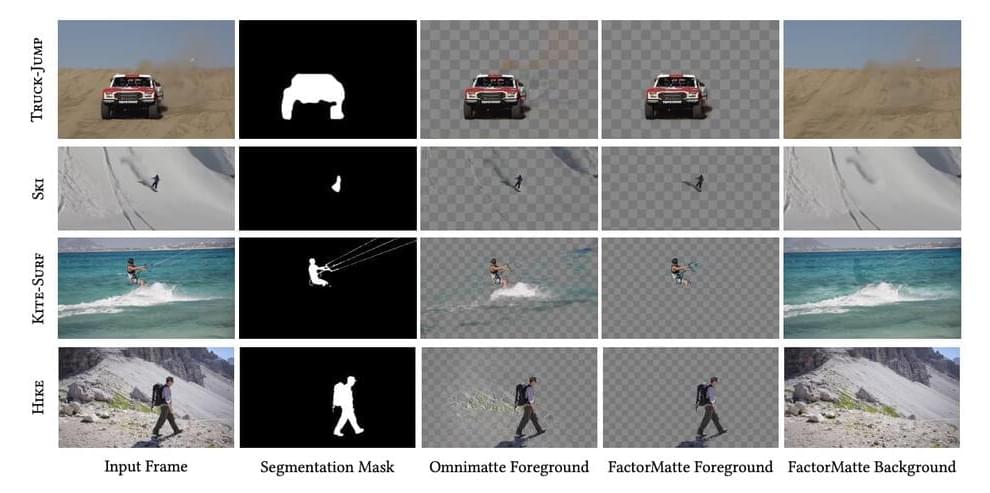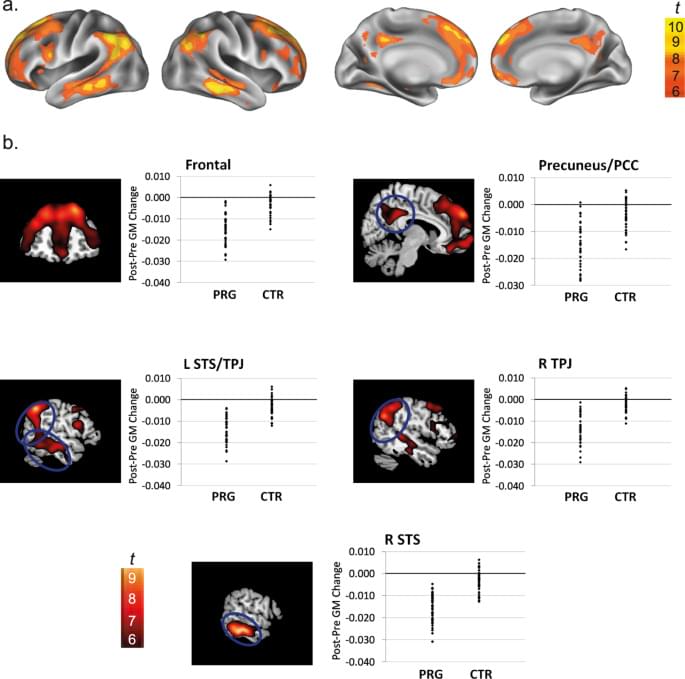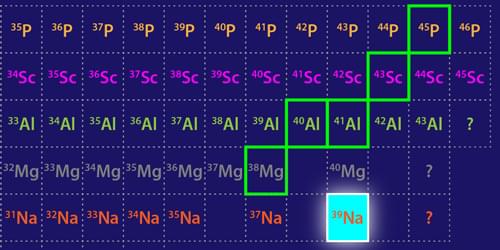We still don’t have a clear picture of the Sun’s physics — but the Solar Ring could change that.
To solve this a team of astronomers proposes the Solar Ring. The Solar Ring is a fleet of three spacecraft that will all orbit around the Sun. They will be separated from each other by 120 degrees and be fitted with identical instruments. This way their overlapping fields of view will make it impossible for us to miss anything happening on the surface.
Among the many kinds of observations that the astronomers behind the Solar Ring hope to perform, one involves a technique called reverberation mapping. By carefully mapping the velocity of gas on the surface of the Sun, they can measure vibrations and pulsations. These kinds of “sunquakes” give astronomers rich information about what is happening within deeper layers, much like how earthquakes tell us about the core and mantle of the Earth.
The Solar Ring will also be able to catch the beginnings of a solar flare or an eruption event no matter where it happens on the Sun, providing even more early warning for space weather. These kinds of plasma storms can disrupt satellites and even affect electrical systems on the Earth’s surface, so the more warning, the better.
